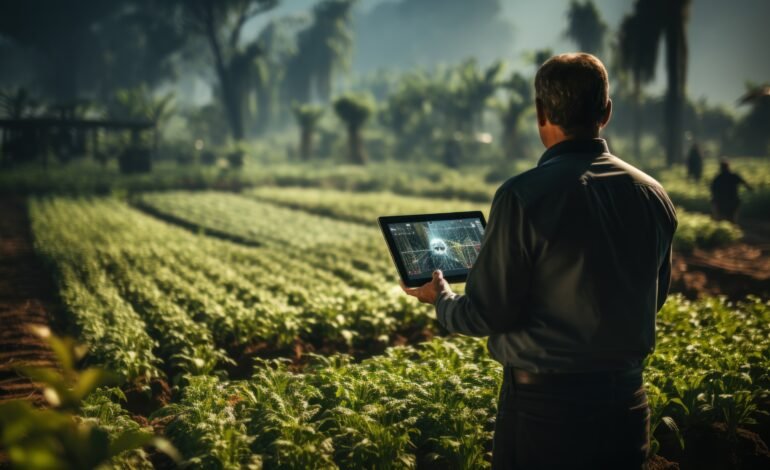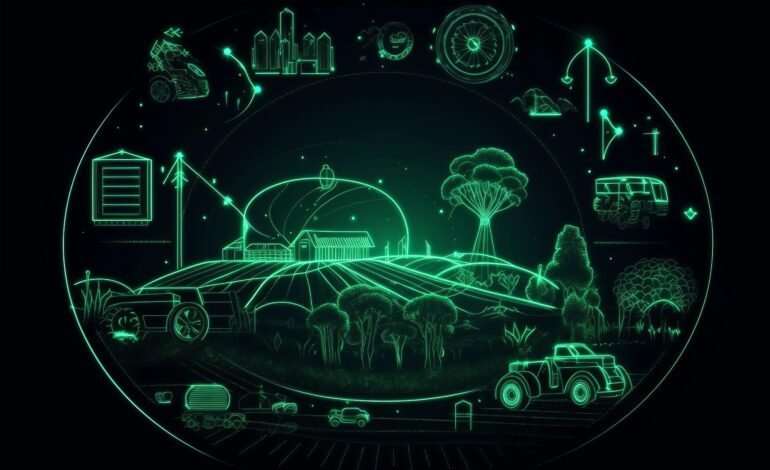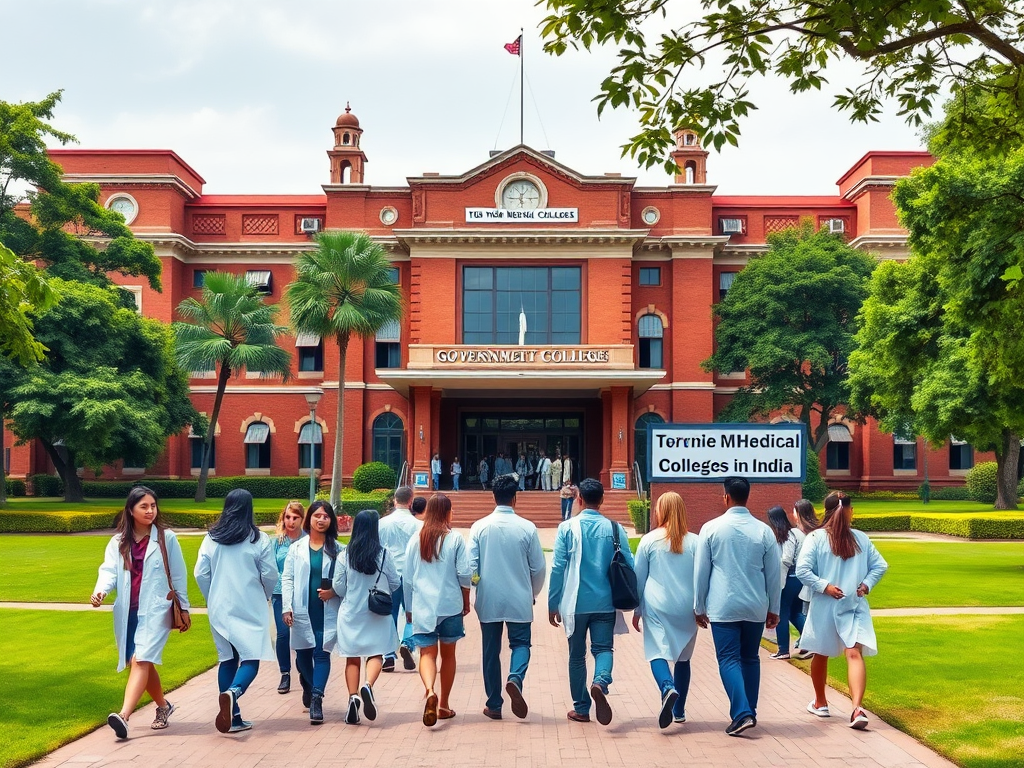The Future of Agriculture in India Challenges in 2025

The Future of Agriculture in India: Trends, Challenges, and Innovations in 2025
Agriculture has always been the backbone of India’s economy, contributing significantly to employment and GDP. However, as we step into 2025, the future of agriculture in India is undergoing a profound transformation. This shift is driven by advancements in technology, the impact of climate change, and the increasing demand for sustainable farming practices. The agricultural sector is no longer just about growing crops; instead, it is about creating a modern ecosystem that combines productivity, sustainability, and resilience.
In this blog, we will delve into the future of agriculture in India, examining key trends shaping the sector in 2025, challenges that farmers face, the transformative role of technology, and the importance of sustainable farming practices in ensuring long-term growth. Key Trends in Agriculture in 2025
Key Trends in Agriculture in 2025
1. Precision Farming
First and foremost, precision farming is becoming a cornerstone of modern agriculture in India. By leveraging advanced technologies such as GPS mapping, drones, and IoT-based sensors, farmers can optimize resource use and increase crop yields. For instance, IoT in Agriculture is revolutionizing how crops are monitored and managed in real time.
2. Digital Agriculture Platforms
In addition to precision farming, digital platforms, and mobile applications are empowering farmers with instant access to market prices, weather forecasts, and best practices. Companies like AgriBazaar and DeHaat are bridging the gap between farmers and markets, ensuring better price realization and reducing middlemen interference.
3. Agri-Tech Startups
Moreover, the rise of agri-tech startups in India is revolutionizing traditional farming methods. Startups such as Ninjacart and Bijak are focusing on areas like supply chain management, smart irrigation, and automated machinery.
4. Climate-Resilient Farming
Furthermore, with unpredictable weather patterns becoming the norm, farmers are increasingly adopting climate-resilient practices. These include growing drought-resistant crop varieties and embracing agroforestry techniques.
5. Organic and Sustainable Farming
Finally, the demand for organic produce is surging, both domestically and globally. As a result, farmers are shifting to organic farming methods. Learn more about organic farming benefits in India.
Challenges in Indian Agriculture in 2025
1. Climate Change
To begin with, the impact of climate change remains a critical concern. Erratic rainfall, rising temperatures, and extreme weather events are not only affecting crop yields but also endangering the livelihoods of millions of farmers.
2. Soil Degradation
Additionally, overuse of chemical fertilizers and intensive farming practices have led to soil degradation. Learn about government initiatives to promote soil health management.
3. Water Scarcity
Furthermore, agriculture consumes about 80% of India’s freshwater resources. Sustainable water management practices like drip irrigation and rainwater harvesting are becoming increasingly essential.
4. Access to Technology and Capital
Despite the potential of technology to transform agriculture, small and marginal farmers often lack access to these advancements. Bridging this gap is critical, as outlined in India’s agriculture technology mission.
5. Market Volatility
Lastly, price fluctuations for agricultural commodities, driven by both domestic and international factors, remain a significant concern. Learn how the PM-Kisan Scheme supports farmers during volatile times.
Role of Technology in Revolutionizing Agriculture
1. Artificial Intelligence (AI)
For instance, AI-powered tools are helping farmers predict yields, manage pests, and optimize resource usage. Learn about the role of AI in agriculture.
2. Drones in Agriculture
In addition, drones are being widely adopted for precision farming, crop monitoring, and pesticide application. These unmanned aerial vehicles save time and labor costs while significantly increasing efficiency.
3. Blockchain in the Supply Chain
Moreover, blockchain technology is enhancing transparency and traceability in the agricultural supply chain. Discover how blockchain transforms supply chains.
4. Smart Irrigation Systems
IoT-enabled smart irrigation systems ensure efficient water usage by delivering water directly to the root zones based on real-time soil moisture data. For more information, visit Smart Irrigation Systems.
5. Vertical and Urban Farming
Finally, with limited arable land and growing urban populations, vertical farming is emerging as a viable solution. Learn how urban farming is reshaping agriculture.
Internal Links
- For more information on how Indian farmers can adopt sustainable practices, read our article on sustainable agriculture practices in India.
- Learn about India’s Food Security Mission and how it aligns with the agricultural innovations discussed above.
Conclusion
Agriculture in 2025 is no longer just about growing food; it is about creating a resilient, technology-driven, and sustainable ecosystem that supports farmers and the environment. With advancements in precision farming, digital agriculture, and climate-resilient techniques, India is well-positioned to address food security challenges and environmental sustainability.
Ultimately, the future of Indian agriculture depends on the collective efforts of farmers, policymakers, researchers, and the private sector. By embracing innovation, we can ensure a sustainable and prosperous future for all.







